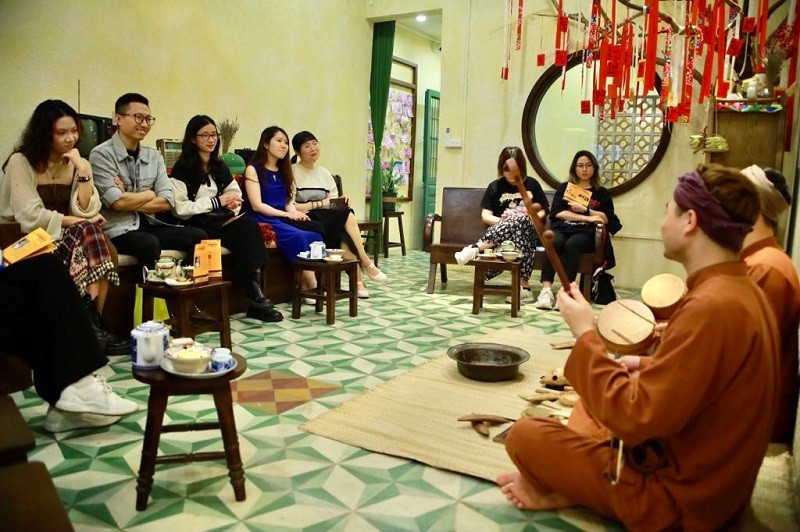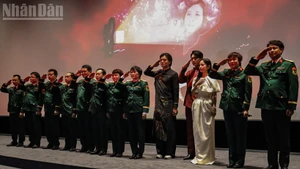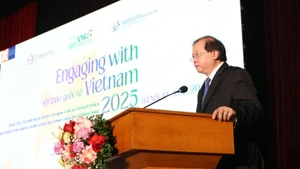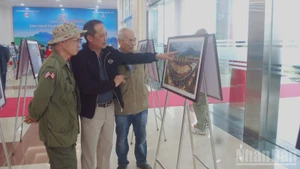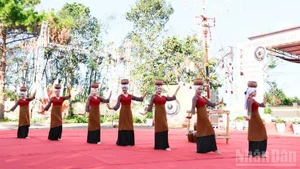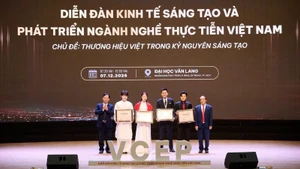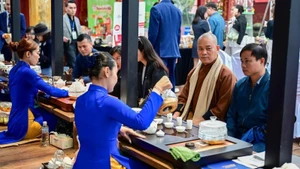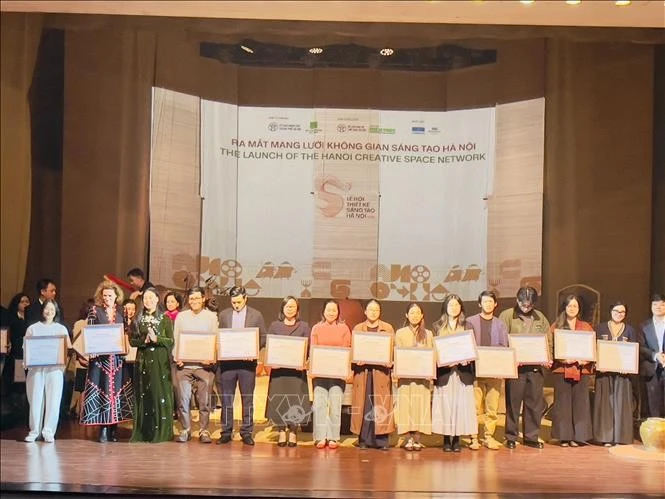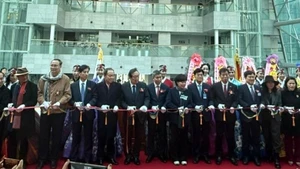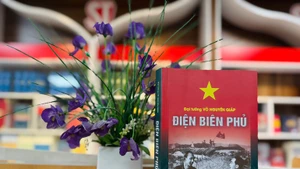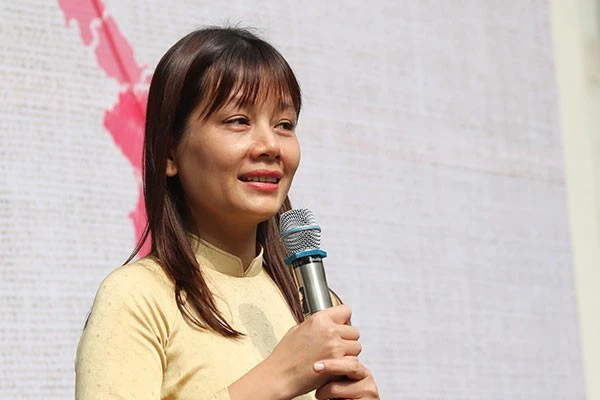The group is hosting the ‘Xam Trong Pho’ (Xam in the city) programme, which brings participants back to the space of old Hanoi in the early 20th century amidst charming Xam melodies.
The programme is part of project series on promoting heritages in the heart of the Hanoi City, which is organised by the Vietnam Intangible Cultural Heritage Centre (VICH).
Participants at the programme are introduced to the history of Xam singing, the meaning of Xam lyrics, and enjoy captivating Xam performances.
They are also invited to interact with guest artists, participate in traditional games, and learn to sing and play the instruments used for Xam singing.
Ngo Van Hao, Head of the Xam 48h Club, shared that since he was first introduced to Xam singing in 2010, he has been impressed by the melodies and meaningful lyrics of Xam songs.
However, it was not until he accepted the invitation to collaborate with ‘Cheo 48h’ — a project aiming to revitalise Cheo singing (traditional opera) — that he had the opportunity to interact and meet with young people who share the same passion for traditional art.
That is how Xam 48h was born, with the desire to spread the values and beauty of Xam singing to the community, especially the younger generation.
With the support of dedicated artists, artisans, and research experts, Xam 48h has coordinated with related units to organise diverse projects and programmes to bring the unique features of Xam singing closer to young audiences.
Not only hosting ‘Xam in the city’ programme every weekend, Xam 48h group also actively coordinate with Vietnam Intangible Cultural Heritage Centre in spreading the art of Xam singing to schools, introducing Xam at arts festivals, and implementing the ‘Xam on the bus’ programme — which provides tourist with an opportunity to enjoy Xam singing on a tourist bus travelling around the capital.
The series of programmes have contributed to generating the first vibrations to young audiences about Xam, so that they can understand more about the traditional music art form, thus raising their awareness of preserving the value of the country’s folk culture.
Sharing about the difficulties in the journey of bringing Xam to young audiences, Ngo Van Hao said that young people today are often fed with vibrant music with entertaining lyrics, so it is not easy to draw their interest in traditional art forms that have gone through many ups and downs like Xam. Not to mention, selling tickets fast and maintaining the regular activities of the programmes are also difficult problems.
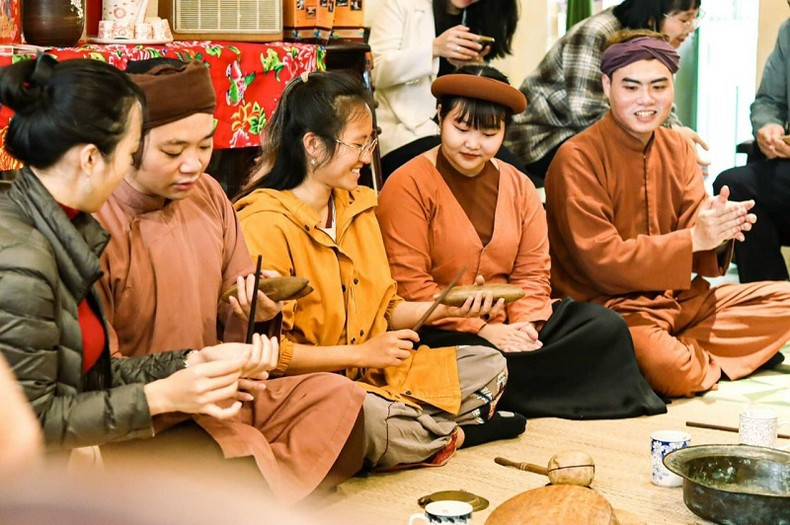 |
| Young audiences learn to play traditional musical instruments. (Photo: VICH) |
However, the difficulties have not discouraged the group members but motivated them to take actions and make greater efforts to find ways to help Xam gradually conquer young audiences.
With the support of experts, the group members have composed innovative tunes based on the ancient Xam melodies in order to bring fresh breath into Xam songs and make them closer the youth.
They have also tried ways to adapt the content and form of Xam to align with modern audiences, and worked to preserve the essence and unique aspects of the performance style while also resonating with contemporary listeners to establish a deeper and broader presence.
Thanks to these efforts, the number of members following the club's activities on social networks is increasing, and the number of audiences who know and respond to programmes on Xam singing is also surging.
As music researcher and theorist Nguyen Quang Long has said, the traditional culture and art of the nation is always at risk of fading away if it does not attract the interest and direct participation of young people.
Xam 48h’s operation has proven its effectiveness in preserving and promoting the value of Xam sing and traditional culture in general in today's life.
Xam is a form of folk performance through singing and music, which was formed the 14th century, by blind people who went busking to earn a living in crowded places such as markets, wharfs and railway stations.
Xam singing has profound human values, from praising the homeland and reviewing the historical traditions, to reversing bad habits, promoting moral education and condemning injustices in society.
The art of Xam singing was recognised as a National Intangible Cultural Heritage in 2022 by the Ministry of Culture, Sports and Tourism.
